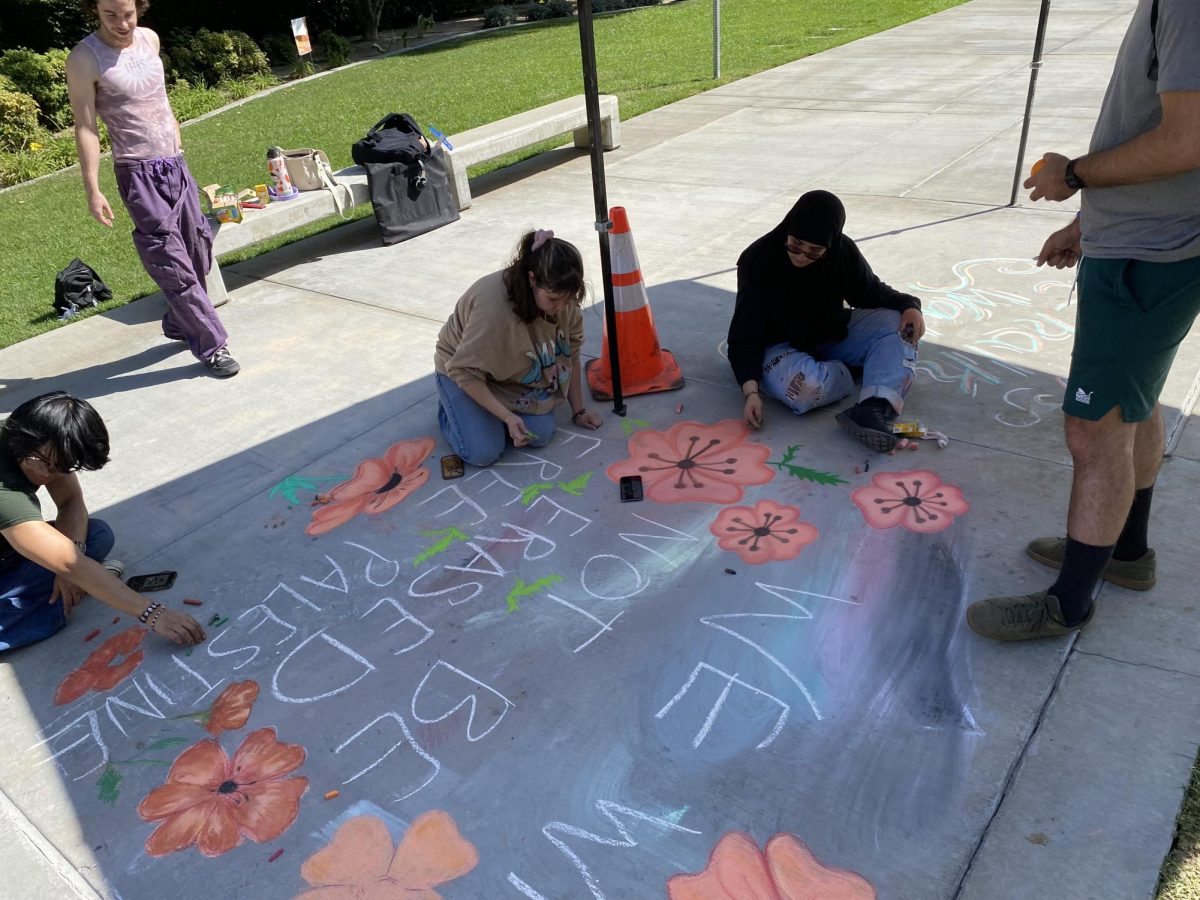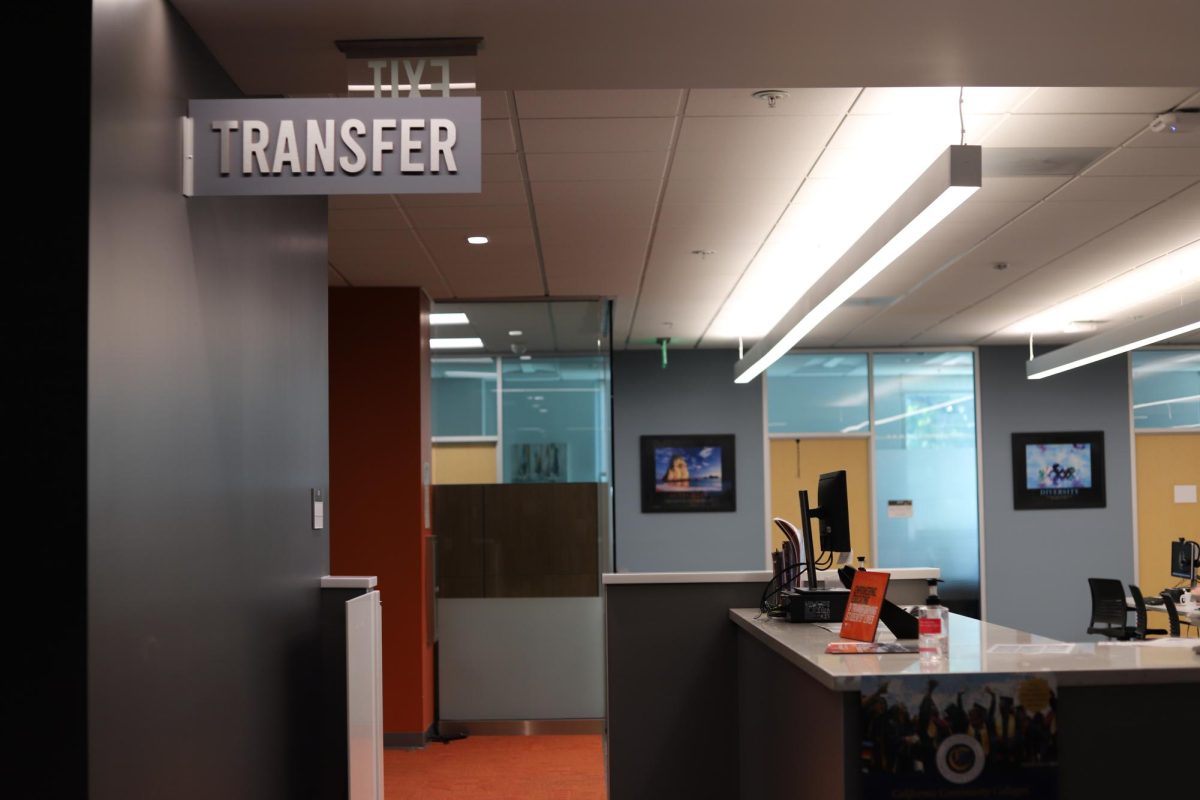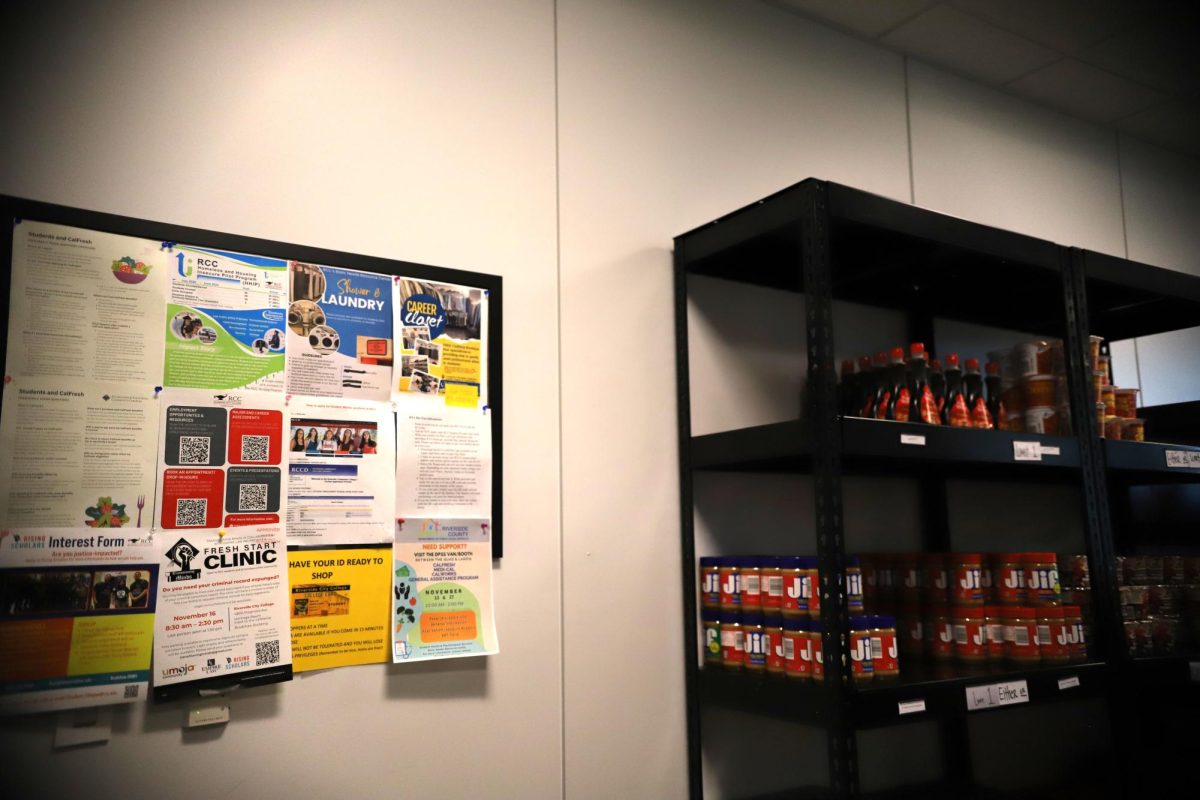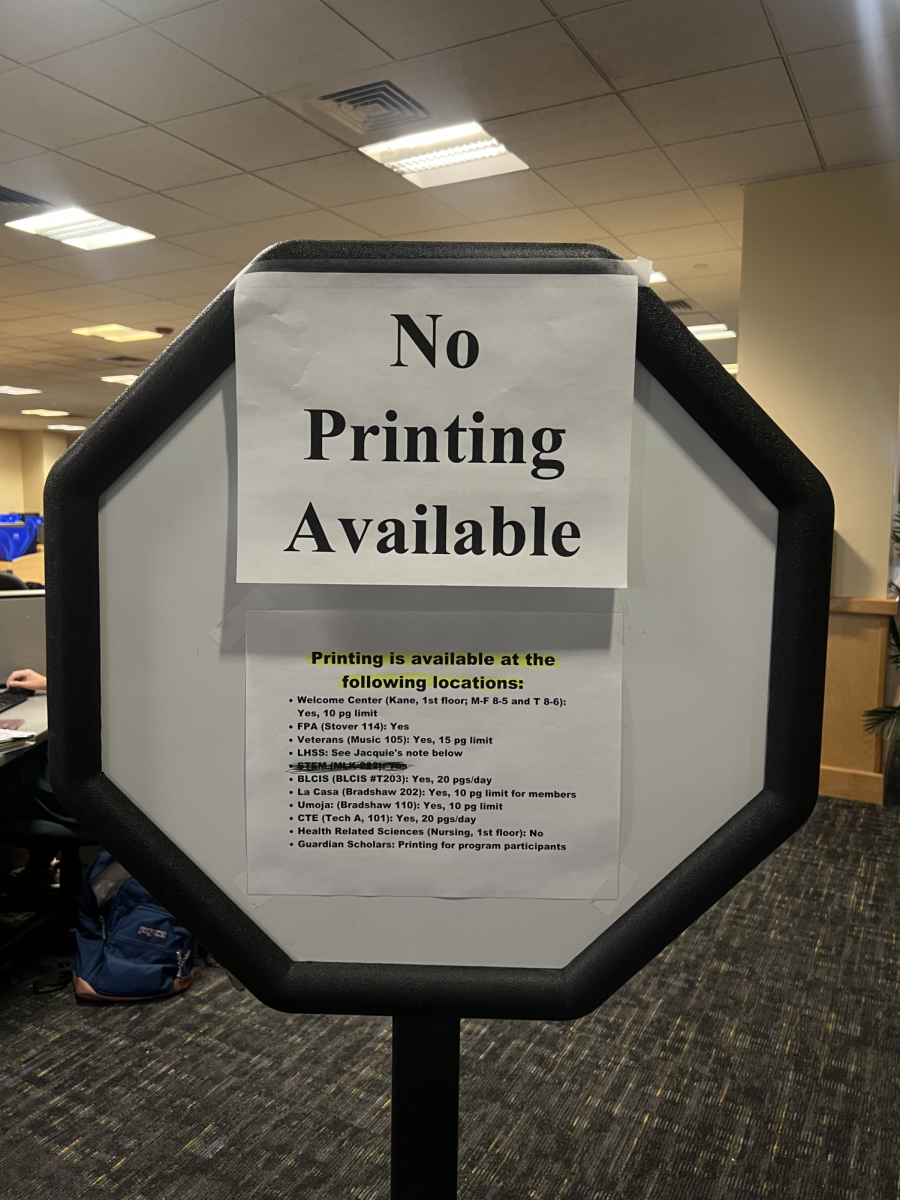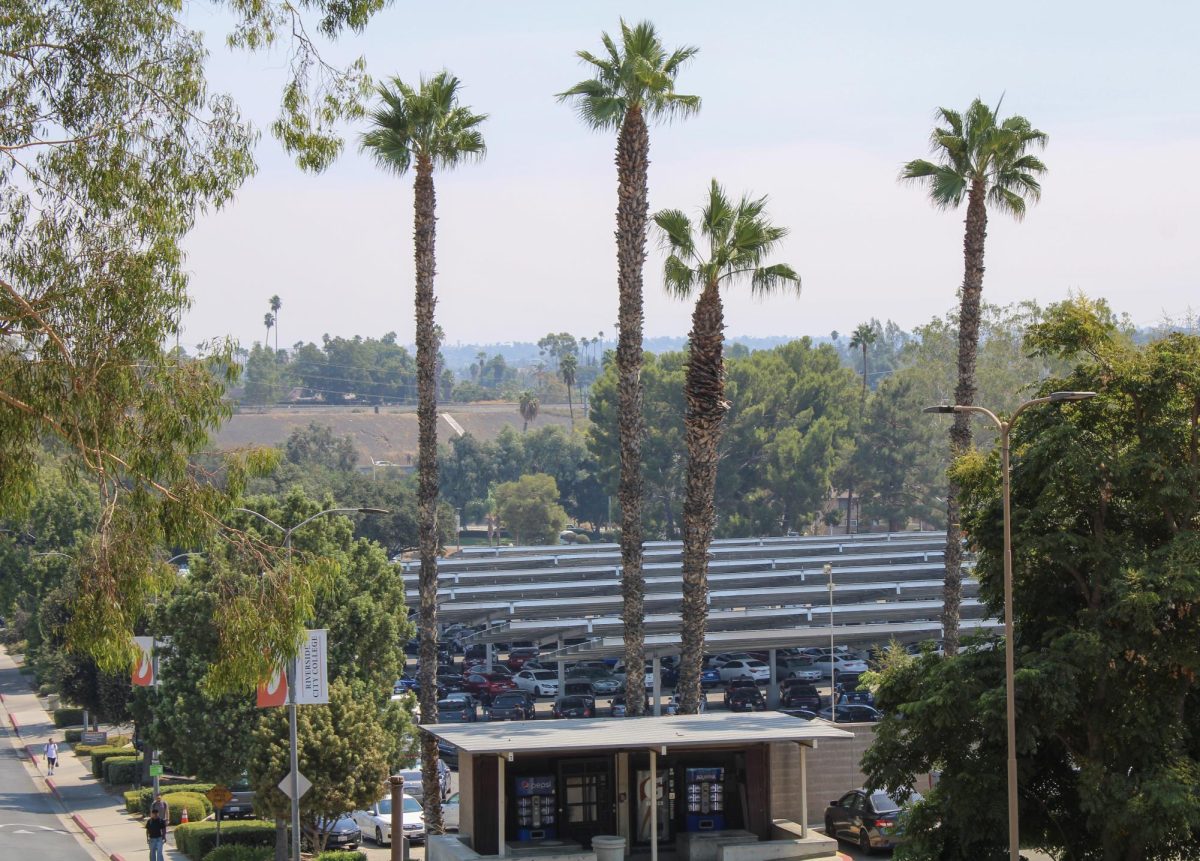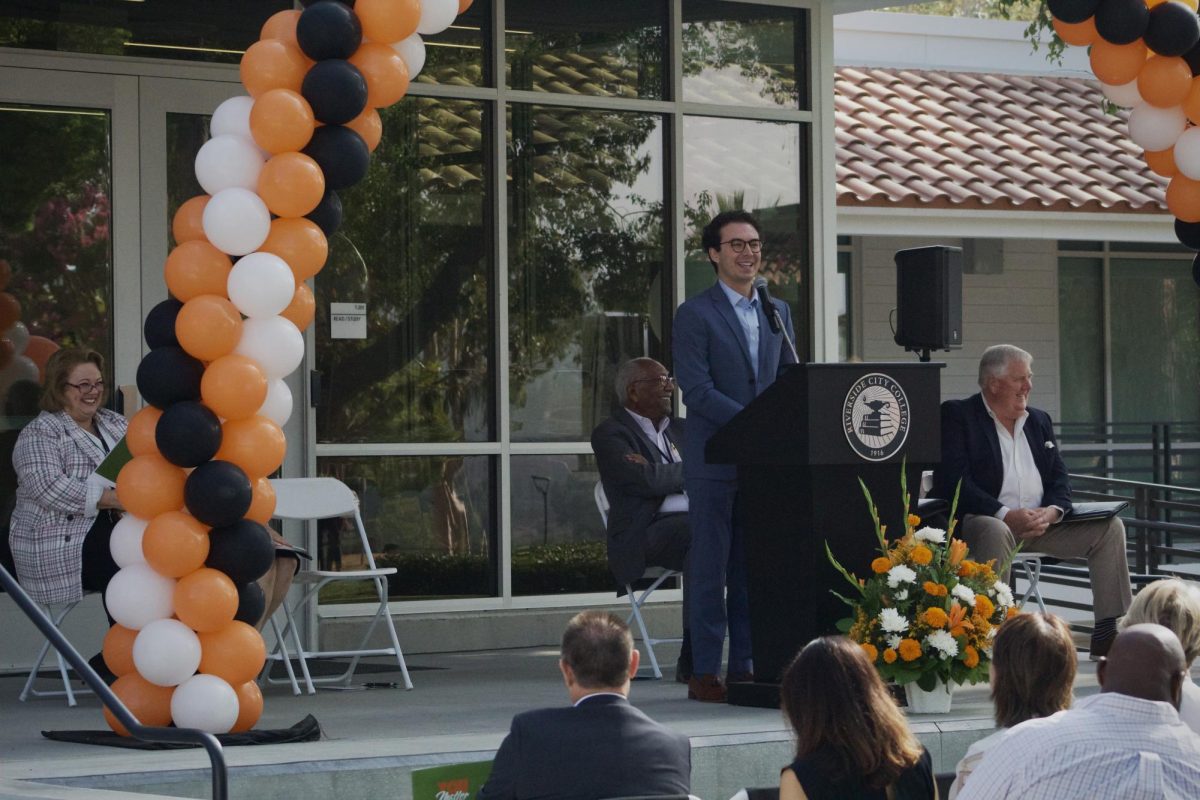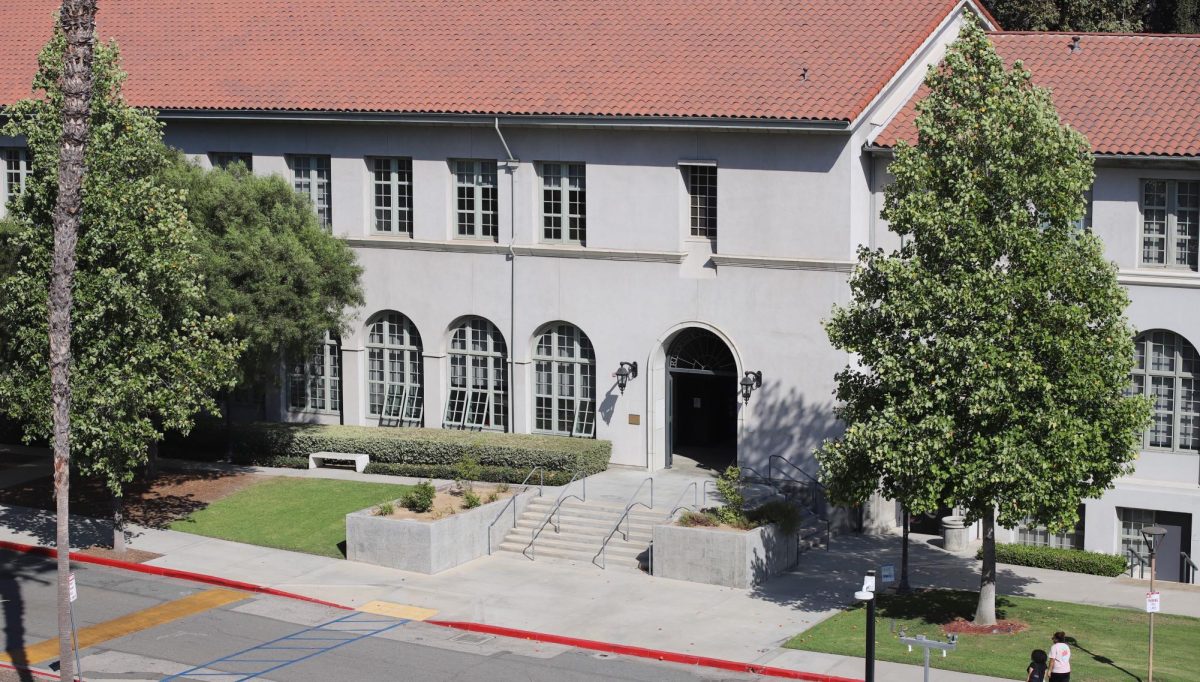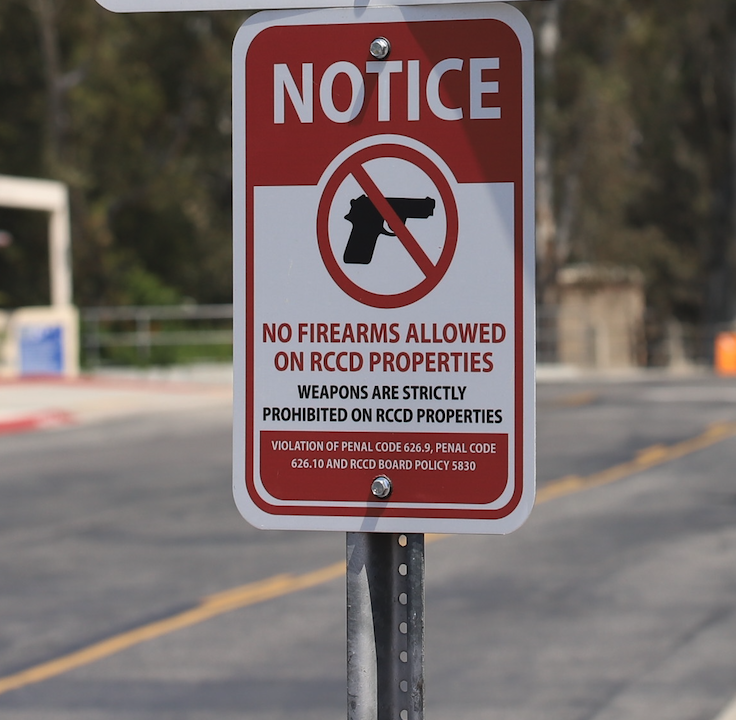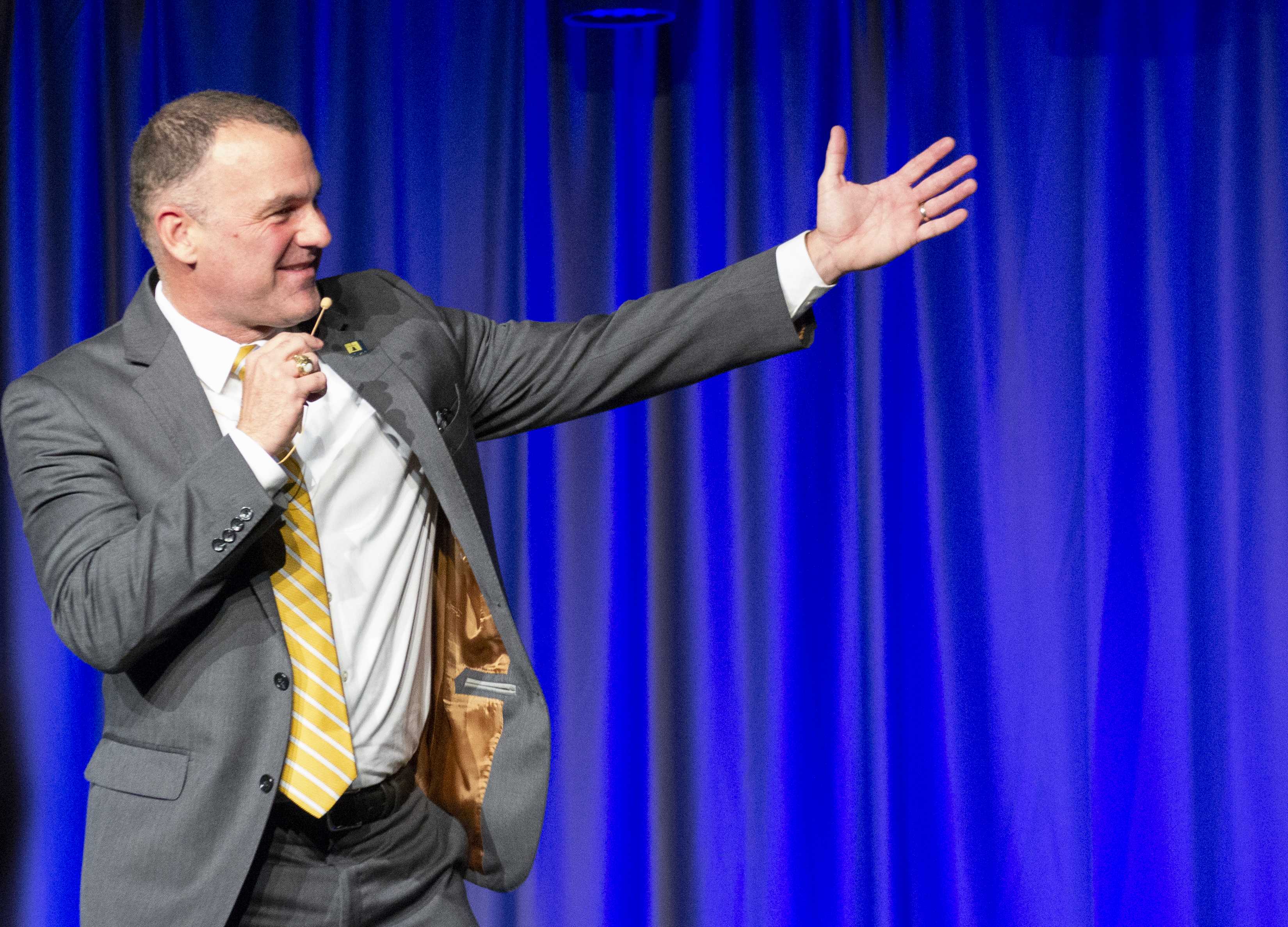
By Erik Galicia
Mayor Rusty Bailey called for Riverside to put “all hands on deck” to overcome homelessness during his final State of the City address at the Riverside Convention Center on Jan. 30.
Bailey praised the recent economic growth and untapped potential of the city, claiming that Riverside has attracted nearly $2 billion in private investment in the last five years, with small business employment increasing 37%.
“These successes are our successes,” Bailey said. “But the bottom line … is this. California, and thereby Riverside, is in a housing and homeless crisis. We need to treat this emergency with a sense of urgency. This mayor is calling on you.”
Last year, the California Department of Housing and Community Development advised that the state needs to build 1.3 million housing units by 2030. To meet its housing needs, Riverside will need to build 18,000 units in the new decade. The mayor explained that accomplishing this will require a six-fold increase in the number of residential unit approvals made by the city.
“The situation is even more dire with affordable housing,” he said. “We have 584 affordable housing units already in the pipeline. But when these are complete, we will only have met 33% of our affordable housing needs.”
The mayor explained that the city must find ways to lower the costs of housing, speed up development, increase the diversity of housing options and ensure that the workforce is trained to meet the demands of the necessary development increase. He announced plans to create a housing action team in the next month to ensure that 18,000 housing units are built across Riverside over the next ten years. The team will aim to present a plan to the City Council in the next six months.
According to Riverside’s 2019 Point in Time Count, a federally mandated annual census of homeless persons, there were 439 people living on the streets of the city last year, which was a 19.9% increase from 2018. Bailey rebutted the claims that homeless people are content with life in the streets.
“I often hear that our homeless population doesn’t want our help,” Bailey said. “Yet 220 individuals have gone through the laborious process to qualify for permanent supportive housing. And they continue to wait because we only have 16 permanent supportive housing units in the city.”
Bailey reported that the city has witnessed an increase in the number of women over age 50 that have entered homelessness in recent years, while Riverside only set apart 5% of its affordable housing units for seniors through the consistent rent increases of the past decade.
According to the mayor, local school districts have also identified 122 children living in cars, substandard hotels and the streets. He asked that residents commit to partnering with the city and local districts to ensure that every child in Riverside is housed by the end of the year.
The mayor claimed that some of the influences on homelessness are out of the city’s control, such as inadequate mental health services and permissible drug use policies, which he said would not be changed due to their direct ratification by voters.
“As a result, our city continues to bear an undue burden for the costs and impacts of homelessness,” Bailey said. “Does that make sense to you?”
Bailey claimed that Riverside has seen some success in addressing homelessness and now has 273 permanent supportive housing units in the works due to a $32 million investment by nonprofit housing developers and the local religious community. These projects include downtown’s Mission Heritage Plaza and the St. Michael’s Project, which the City Council approved a $2 million loan for last May in spite of vocal opposition by some Ward 5 residents.
According to the Press Enterprise, the Riverside Planning Commission said that the St. Michael’s Project “doesn’t fit the character of the neighborhood” when it denied the plans on Feb. 6. The decision can be appealed to the City Council within 10 calendar days.
Jose Alcala, secretary of the Riverside Community College District Board of Trustees, called the city’s plan to address homelessness “courageous,” but warned that the public should not expect an immediate return on the required investments.
“The return here is more of a holistic thing,” Alcala said. “I know that there are folks that are like, ‘We have budgetary issues in the city so why are we taking this on?’ It’s the right thing to do. I look forward to however I can help out myself.”
Jaqueline Garcia, a Riverside City College student, expressed skepticism toward the idea that development in the city is alleviating the housing crisis.
“I see they’re trying to build more housing,” she said. “But where I live, they built new housing two years ago. And the prices are so high that not one unit has been rented.”
Garcia interviewed social workers and homeless people as part of a research project. She claims to have found that homeless people in the Santa Ana Riverbottom rely on each other for survival more than they do on city services due to the long waits and low capacities of city facilities.
Riverside’s Redevelopment Agency, which was tasked with providing affordable housing, was dissolved in 2012 after the Supreme Court upheld a state bill that required the agency to pay the state in order to avoid elimination. Mayor Bailey called this the loss of an important asset in the fight against homelessness.
“This must be fixed by the legislature,” Bailey said. “Until then, I call on this community, private developers and city leaders to work side by side toward a mutually beneficial, inclusionary zoning policy that will generate long term, stable revenue for affordable housing projects.”
Leo Cabral contributed to this story.

